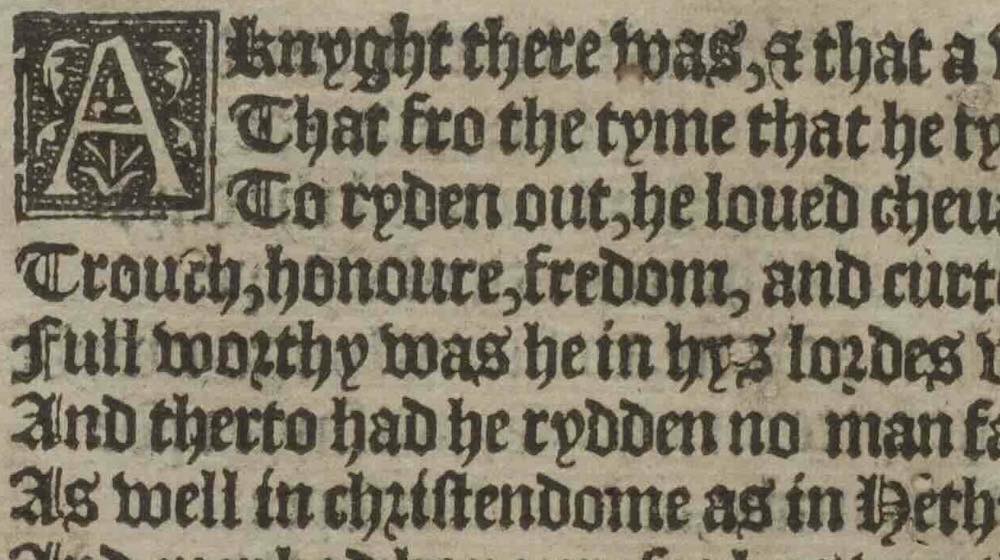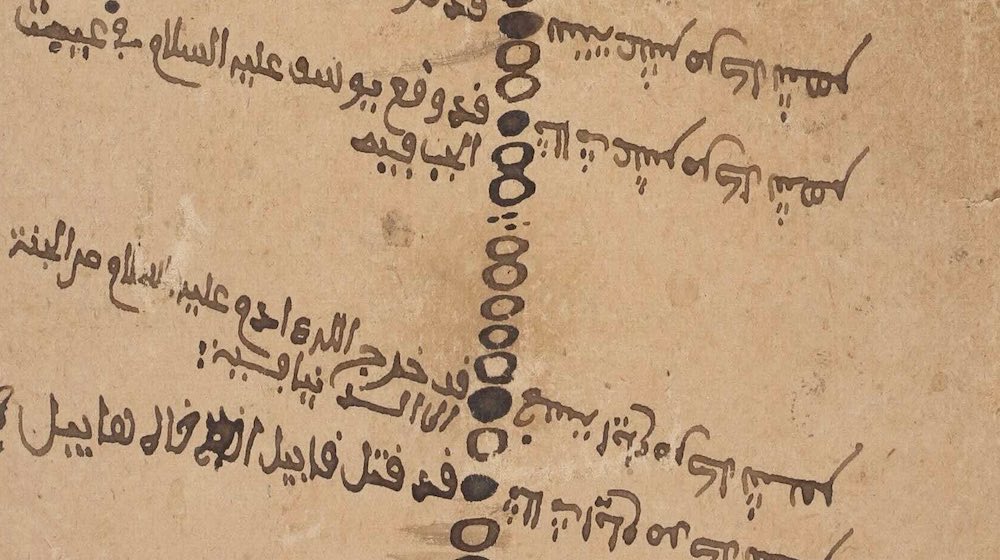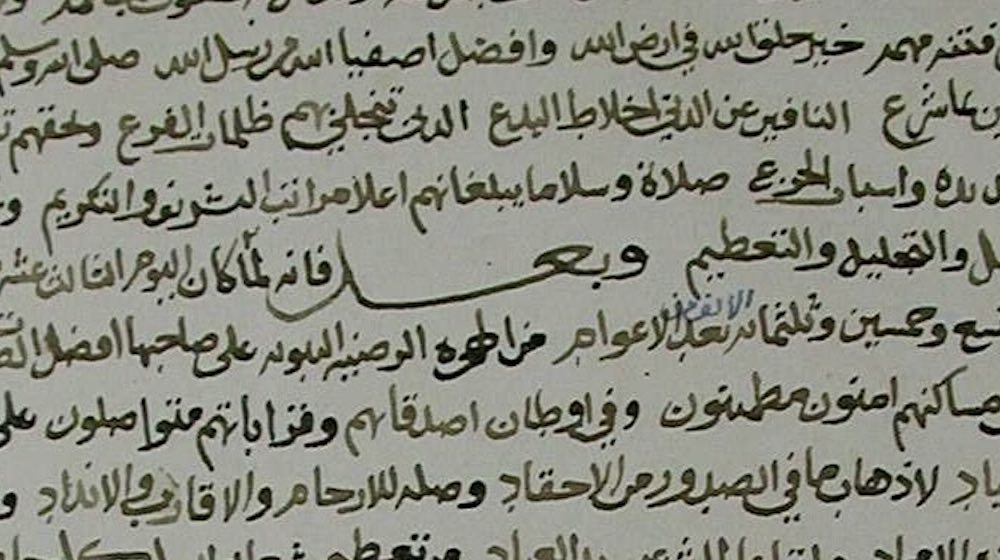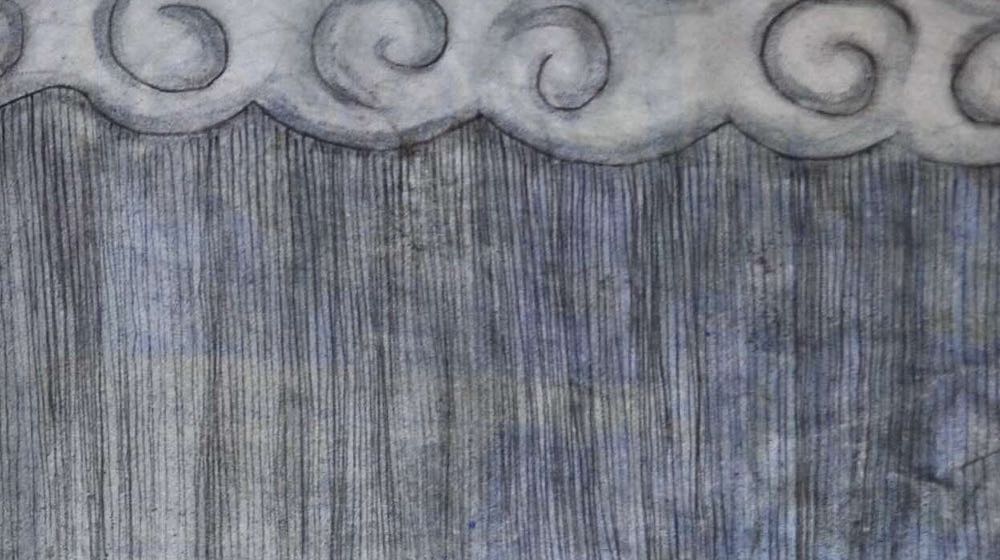Icon Collection Finds A New Home At HMML
December 2, 2021
Icon Collection Finds a New Home at HMML
This year, HMML received a large donation of Russian icons from the collection of Edmund Gronkiewicz, a polyglot, a deacon, and a member of four religious organizations, including the Order of Saint John of Jerusalem. After an initial site visit to survey the collection in Chicago, HMML staff brought 28 archival boxes, archival boards, and hundreds of archival supports to Illinois this past July. Each icon was placed in a box, braced with supports to minimize movement during transit, and then driven to HMML’s offices in Collegeville, Minnesota, to be accessioned into the HMML Art Collection.
While packing and transporting the icons took three people and three days, the bulk of the work started back home at HMML: photographing and cataloging each icon in the collection and putting each work online in HMML Museum for free public access.
Processing the Collection
The icons were photographed at HMML on the same in-house setup we use to photograph large books and prints. While each was unpacked, I looked at the icons to evaluate them for condition and to check for any physical clues as to age and style.
Many of the icons include a riza, a cover that hides most of the icon from view, usually showing only the hands and faces of the portrayed figures. Often the covers are metal, with the most elaborate ones made in silver and gold. Professional metalsmiths in Russia sometimes had hallmarks, so, with the help of specialized mark dictionaries, I’ve been able to trace where several of the icons have been and who made their rizas. For example, through the hallmark we can identify that the silver riza of the Mother of God Akhtyrskaya (AAJ0993) was made in Moscow by the workshop of Yaroslav Frolov between 1766 and 1799.
Since many of the icons are composed of two parts—icon and riza—before they could be photographed I had to see if I could remove the rizas. One of the most exciting to remove was the elaborately beaded and very fragile riza of Saint Catherine of Alexandria (AAJ1005). As I pulled off the metal foil and pink silk riza, a beautiful 19th century icon in excellent condition was revealed. Several of the rizas were fastened down so securely that removing them might damage the icon, so not all of the rizas were removed.
Once all the icons had been photographed and repacked for storage in HMML’s collection room, I started cataloging each item. In Chicago, the icons had received preliminary packing numbers, and now each was assigned a unique and permanent HMML catalog number (this collection received numbers AAJ0966–AAJ01123). Then the work began identifying each icon, where it was probably made, and who made it.
Icons usually follow standardized types representing biblical scenes, saints, theological concepts, and other subjects. Some are very common—the Gronkiewicz collection has nine icons depicting Saint Nicholas the Wonderworker, one of Russia’s most popular saints. Several of the icons were more obscure, necessitating a significant amount of research to identify them. For example, the icon “It is Truly Meet” (AAJ1027) is an unusual variation of an icon type based on the ancient liturgical hymn Axion Estin; each of the four sections on the icon represent a line.
A few of the icons are fairly uncommon but easily identified, such as the Mother of God of Three Hands (AAJ1063). One icon depicts more than 500 saints: this menologian, or yearly calendar icon, is a visual calendar of the saints’ days and feasts of the Russian Orthodox year (AAJ1028). The collection also includes an icon made for a calendar month—a synaxarion—this one representing the month of February (AAJ1002).
The Gronkiewicz icon collection is now fully cataloged and accessible online in HMML Museum. To view the collection, visit vhmml.org/museum and search “Gronkiewicz.”




